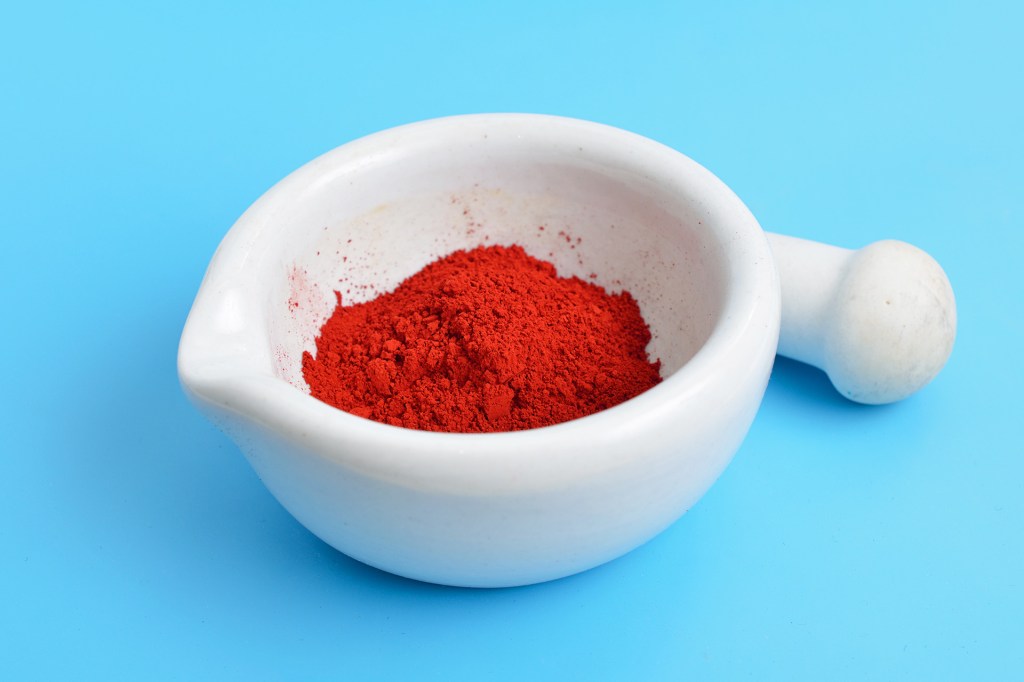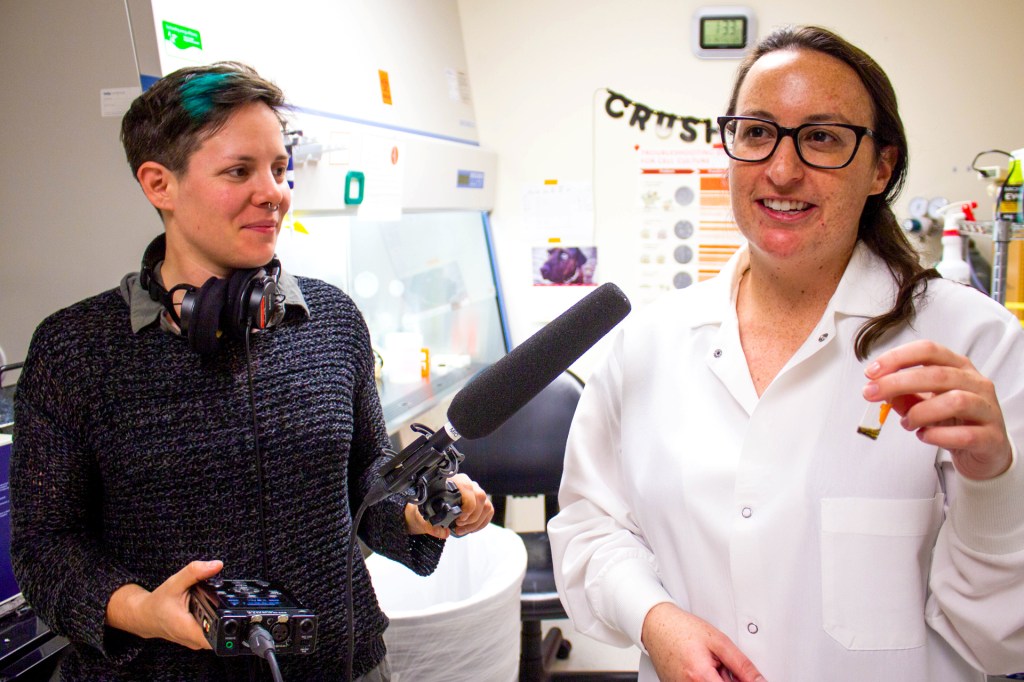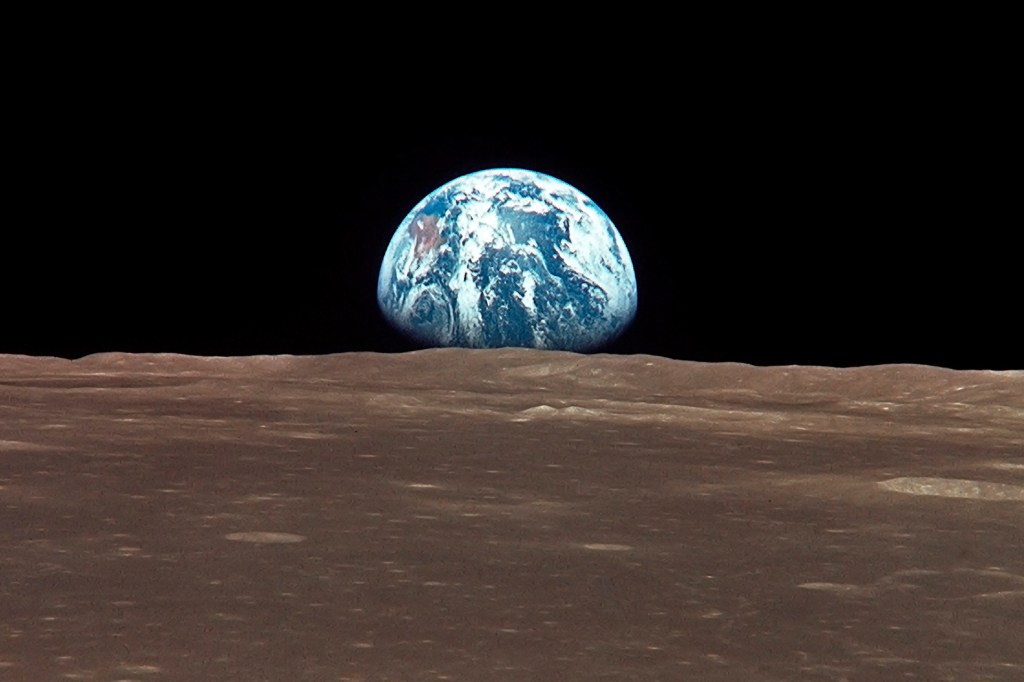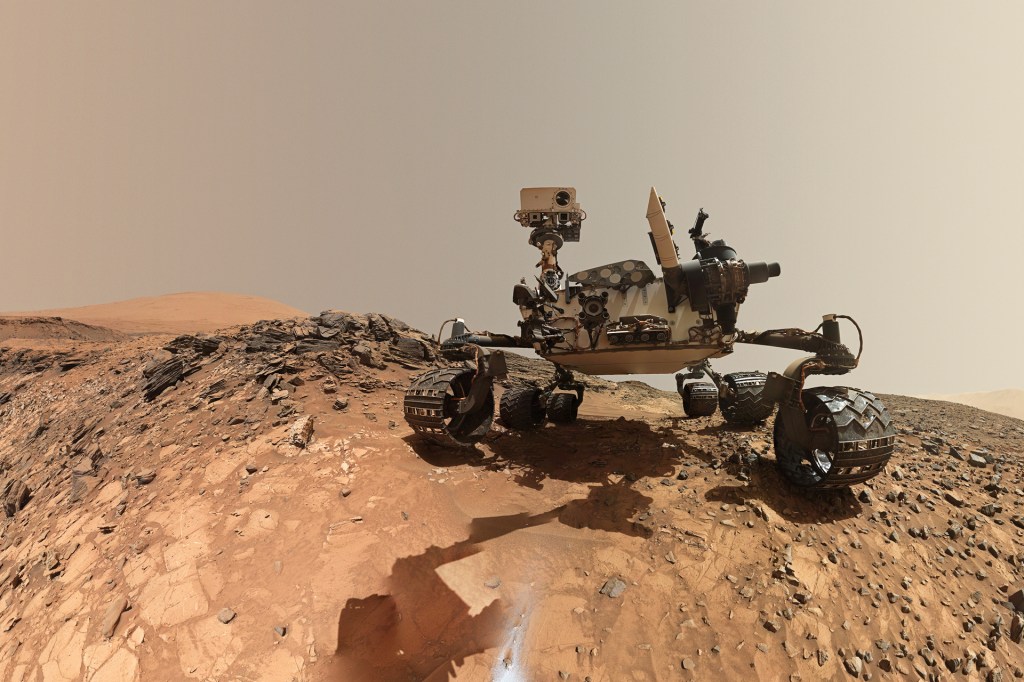
Temperatures can drop to -225°F on Mars, and the air is unbreathable. But around 4 billion years ago, the planet had oceans and seas, and a thick blanket of air. These conditions could have supported life.
For the past nine and a half years, NASA’s Curiosity rover has been exploring the planet’s Gale Crater, which was probably once a lake. Today, the crater contains rocks and sediment
sediment
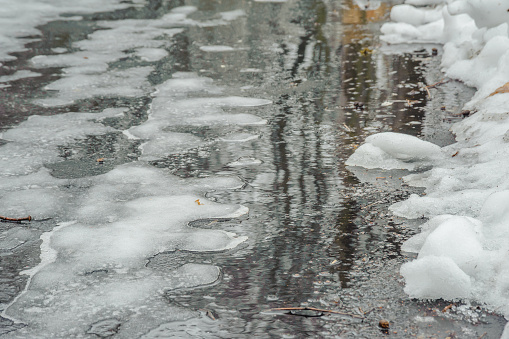 VITALII LIVADNYI—GETTY IMAGES
matter that settles to the bottom of a liquid
(noun)
The ice melted and left a layer of sediment on the sidewalk.
. Curiosity has studied these for clues to whether tiny life-forms called microbes ever lived there. They could have left chemical traces on the surface. In January, NASA announced that Curiosity might have found what it was looking for.
VITALII LIVADNYI—GETTY IMAGES
matter that settles to the bottom of a liquid
(noun)
The ice melted and left a layer of sediment on the sidewalk.
. Curiosity has studied these for clues to whether tiny life-forms called microbes ever lived there. They could have left chemical traces on the surface. In January, NASA announced that Curiosity might have found what it was looking for.
Tantalizing Clues
In a newly published study, scientists looked at the chemical analyses Curiosity did on Martian rocks and soil. They found carbon 12, a chemical linked with life on Earth. Nearly half of Curiosity’s samples had high amounts of it.
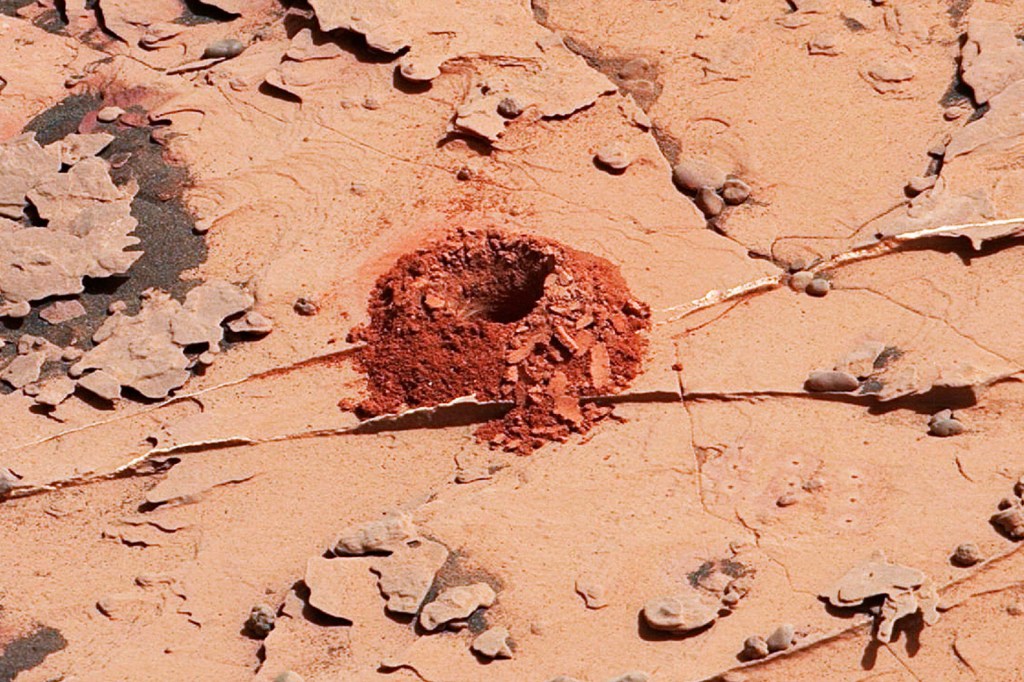
GROUNDWORK This hole, less than an inch wide, was drilled by Curiosity.
NASAThe scientists put forth a possible explanation. Long ago, microbes grew in Martian soil. Those microbes consumed and processed carbon, producing methane gas. The gas rose into the atmosphere, where it was broken down into carbon by sunlight. The carbon rained down and settled on the planet in a layer of dust.
Christopher House was the lead scientist on the study. He says Mars may have hosted life as Earth once did. “The Martian samples resemble Earth rocks from Australia from 2.7 billion years ago,” he says, “when our atmosphere was rich in biological methane.”
Other Possibilities
Curiosity’s findings are exciting, but they’re not definitive
definitive
 IMAGE SOURCE/GETTY IMAGES
final, complete, unquestionable
(adjective)
The jury's decision about guilt or innocence is considered definitive.
. There are other ways to explain the carbon on the Martian surface. Paul Mahaffy is a retired member of the Curiosity science team. “We would really need more evidence to say we’ve identified life,” he says.
IMAGE SOURCE/GETTY IMAGES
final, complete, unquestionable
(adjective)
The jury's decision about guilt or innocence is considered definitive.
. There are other ways to explain the carbon on the Martian surface. Paul Mahaffy is a retired member of the Curiosity science team. “We would really need more evidence to say we’ve identified life,” he says.
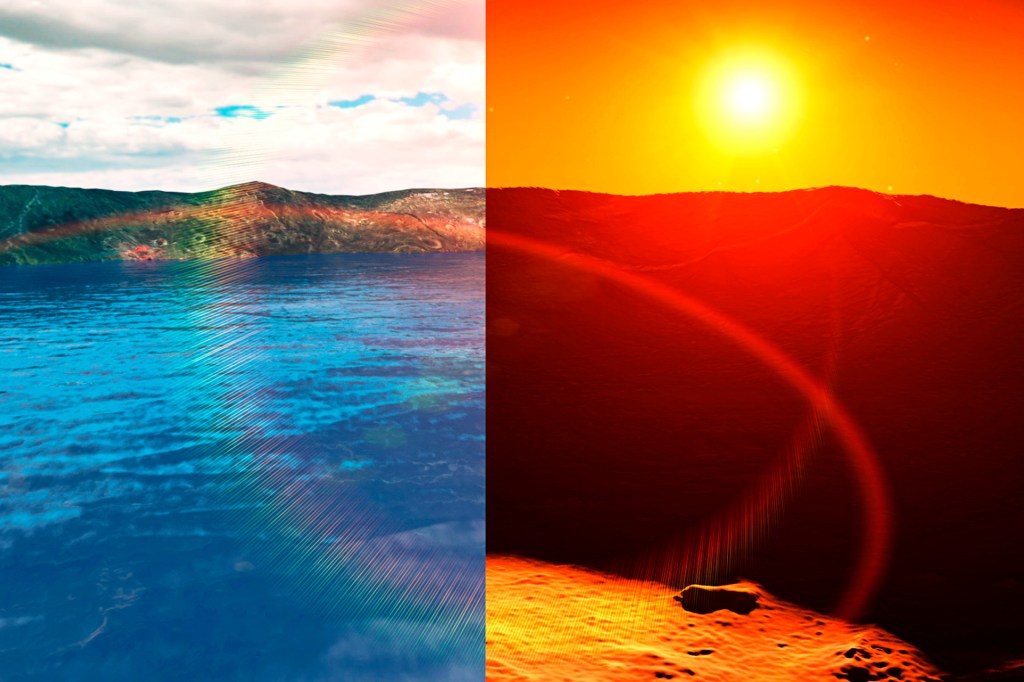
MARS, THEN AND NOW An artist’s rendering compares how Mars might have looked a few billion years ago with how it looks now.
NASA’S GODDARD SPACE FLIGHT CENTER. BACKGROUND: UNIV. OF ARIZONA/JPL-CALTECH/GETTY IMAGESAnother explanation for the carbon is a change in the Martian atmosphere. Energy from the sun could have produced the carbon that rained on the planet. It is also possible that a massive cloud full of carbon passed through the solar system and left some behind. Scientists are waiting until Curiosity finds more evidence.
“All three of the explanations proposed fit the data that we have,” House says. “We are being cautious with our interpretations here, but that is the right approach when studying another world, such as Mars.”






